SICK Data and telecommunication
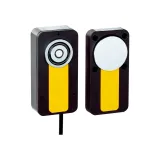
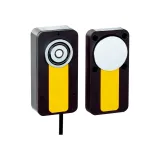
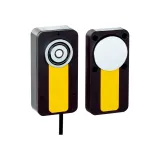
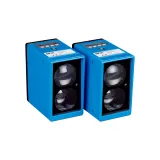


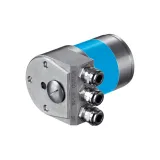
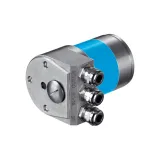

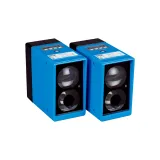
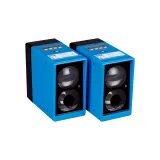

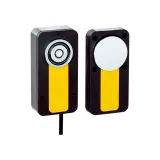
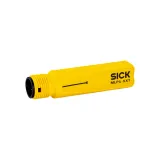
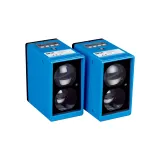


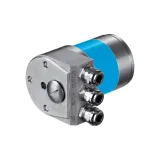
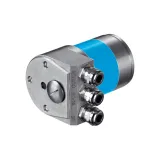
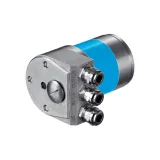
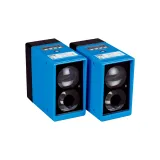

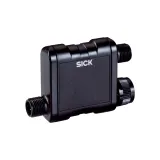

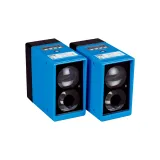

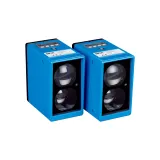
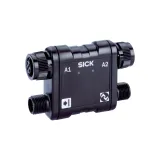

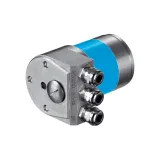


sick data communication for industrial campuses
SICK covers the physical layer that keeps PLCs, vision, safety, and HMIs talking reliably across plants and buildings. The range spans copper and fiber trunks, pre-terminated jumpers, IP-rated outlets, and cabinet hardware that holds shielding and bend radii exactly where designers planned. Materials are LSZH for interiors with CPR classes up to Cca-s1,d1,a1; outdoor ducts use UV-stable PE with water-blocking elements. Crews see clear meter marks, pair IDs, and 360° shield bonds that stand up to VFD noise.
sick network components portfolio and topology
Distribution follows a familiar spine-and-leaf: floor switches to panel switches, then M12 drops into machines. The ecosystem includes shielded keystones and patch panels, X-coded M12 for 1 Gb, pre-term cassettes, splice boxes, IP67 bulkheads, and PoE injectors for cameras and APs. Fiber trunks arrive LC duplex or MPO/MTP with factory test sheets; copper harnesses are cut to bay width to keep slack off door hinges.
sick ethernet systems performance and PoE
Copper: Cat5e/6/6A, 100 Ω, with U/UTP, F/UTP, S/FTP options. Channels certify to ISO/IEC 11801-1 and EN 50173; 10G runs on Cat6A to 100 m with NEXT/ELFEXT margin published. PoE to IEEE 802.3bt Type 4 (~90 W) is supported on 23 AWG Cat6A; bundle temperature rise and de-rating tables are provided for tray packing.
Fiber: OM3/OM4 for 10G short-reach; OS2 single-mode for campus spans with 0.35 dB/km (1310 nm) attenuation targets. G.657.A1/A2 bend-insensitive cores survive tight risers; connectors meet IEC 61754. All parts are screened for EMC per EN 50174-2 routing classes.
Technical specifications and standards
- CPR and materials: EN 50575 DoP available; LSZH per EN 60754/EN 61034.
- Shield termination: 360° cones and bonded panels keep impedance low—no pigtails.
- Mechanics: copper pull ≤110 N typical; min radius ≈8×OD during pull, 4×OD fixed; fiber ≈20×OD/10×OD unless G.657 states tighter.
- Environment: −20…+60 °C jacket ranges by compound; UV and rodent-resistant jackets for yards and tunnels.
- Testing: copper to IEC 61935-1 Level VI; optics to IEC 61280 with insertion/return-loss printouts.
Applications and compatibility across plants
Intralogistics uses shielded Cat6A along conveyor galleries and LC-LC OS2 between mezzanines; process skids lean on M12 X-coded links inside enclosures; yards and car parks prefer dielectric OS2 in ducts to dodge surge. Cleanrooms pick slim LSZH jumpers with angled keystones so cabinet doors clear. Where cameras and scanners share the run, PoE++ and VLAN notes ride the same drawings as cable IDs so commissioning doesn’t chase phantom loops.
Integration with other SICK products
IO-Link masters, safety controllers, and HMIs backhaul on the same copper layer; LiDAR and vision nodes step to fiber where EMI or distance demands it. Shield clamps share the earth bar used by sensors; entry plates match the brand’s installation hardware so glands, strain relief, and bonding are consistent across panels and IP67 boxes. When retrofitting, pre-term trunks and cassettes slip into existing racks without re-punching.
sick structured cabling design notes
Keep pair untwist under 13 mm at jacks, segregate power and data per EN 50174, and cross motor feeders at 90°. For 802.3bt loads, check ambient and bundle count—tray derating stops warm racks from drifting out of spec. Document MDF/IDF pathways, spare fibers (≥25 %), and 30 % tray headroom; label both ends to a single legend so floor teams can fault-find without opening every door.
Selection criteria for B2B clients
Start with data rate and distance, then pick copper or fiber by EMC exposure and surge risk. Choose shielding (S/FTP near drives) and connector geometry (M12 X-coded in machines, RJ45 in dry panels). Lock CPR class by route (Cca in escape paths). Confirm PoE budget against device count and temperature. For outdoor and mast runs, specify OS2 with dielectric strength members and sealed closures. Where repeat skids ship in phases, freeze part numbers and cut-length tables so spares stay universal across lines.
Procurement notes: the cabinet bill should call out panel type, grounding kit, patch lengths, and labeling. Yard works benefit from pre-blown microduct and tracer wire. For audit packs, request channel certs and fiber OTDR traces by link ID.
Advantages of working with Bankoflamps
We map link counts, categories, CPR classes, and connector families to your rack elevations and panel layouts, then show live EU stock before night works are booked. Quotes typically land in about an hour with EAN/MPN so shielding, PoE class, and cassette types don’t drift mid-phase. Your portal displays lead times, shipment status, and downloadable price lists; pricing validity tracks project gates. Approved clients can use post-payment up to 30 days. We consolidate by rack or floor to cut freight and on-site sorting, and your account manager cross-checks sheath type, bend radius, bonding method, PoE budget, and labeling scheme against your drawings—so reels, cassettes, and jumpers arrive site-ready and crews pull once.